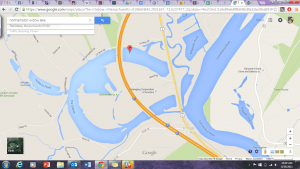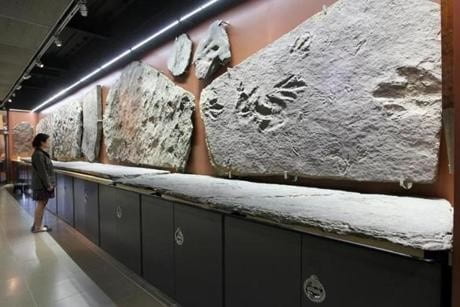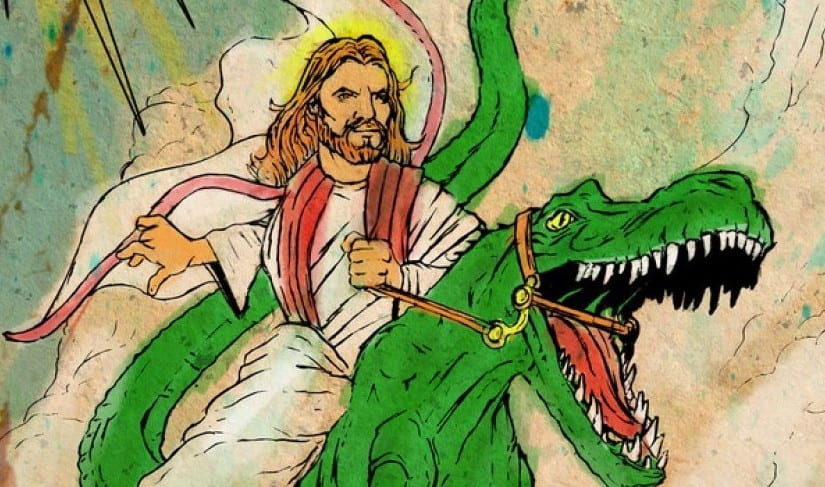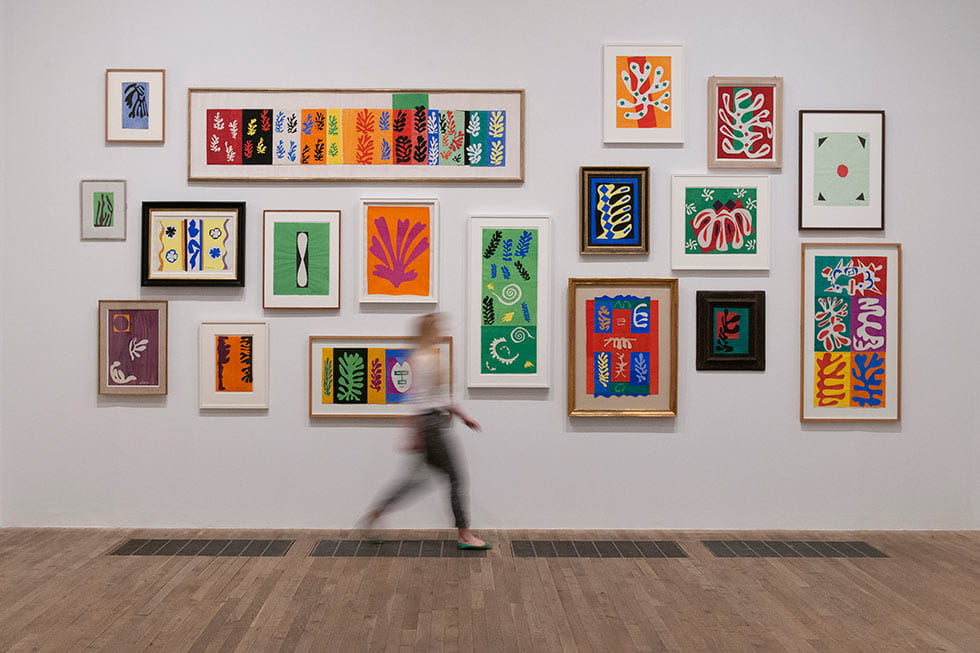So week 5 is now coming to a close, and we as a team are at a crossroads of sorts, in terms of how to proceed with our final project. We were given a week’s time after our July 3rd team meeting to put together a number of small project proposals using a variety of topics and jumping off points from the collection. We each chose a topic or two that (hopefully) captivated us, or that we saw an interesting digital humanities project emerging from, and took to writing up questions, brief prospective methodologies and creating deliverables or showing examples similar in style to our proposed projects. My proposed idea was examining an aspect of Hitchcock’s life which had initially shocked and intrigued us all upon first being introduced to religion, and that was his insistence on reconciling science and religion.
The idea which I presented had two very different possible outcomes, one being a textual analysis project using Hitchcock’s sermons and lecture notes/academic writings to see how his rhetoric concerning science and religion were consistent between the two different fields. This project stemmed from a paper by Stanley Guralnick, who the American National Biography Online database esteems as “the leading historian on Hitchcock’s religious thought.” Guralnick explains that while Hitchcock’s seemingly antithetical loves for both the natural sciences as a geologist and religion as a theologian was not particularly unusual for his time, nor was he unique in his philosophies. Therefore it is not a matter of why he often discussed the two together, but how he discussed the two that could lead to an interesting project.
The second of the two outcomes proposed a data visualization approach to the subject matter, mapping and showing networks between Hitchcock and other scholars to make an argument about the intellectual climate and the conversations happening between Hitchcock and other scholars via journal articles and publications both domestic and abroad surrounding the topics of science and religion. This project fit a little more readily (or lot more) into the category of context, one of the classifications which we as a team have decided to use as a framework for our project. (The framework involving both historical matters to frame Hitchcock’s context, and impact as a way to assess his legacy)
As we presented our individual proposals, it became clear that the four of us still have very varied interests, and as one of our supervisors pointed out, very different styles and strengths. The task now is to try and create a plan for a cohesive project that doesn’t neglect anyone’s interests or strengths. While our projects were very different in terms of focus, a number of unifying principles and themes came through as we discussed them further and our aim since the meeting has been to make use of those themes and try to draw out the similarities in an effort to include all of our topical interests in the collection.
Thus far, although we have only just recently gone back to the drawing board in order to brainstorm for our collective project, a number of ideas in terms of presentation have arisen, although we are still looking for ways to articulate the aim and the relationship between our ideas. (see concept map #596879503924691 below)
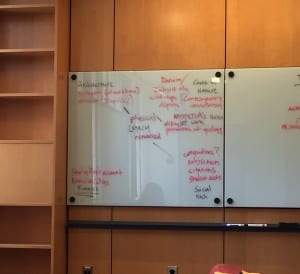
I think we are in a good place right now. Again what the proposals showed me is that our individual interests are not as different and irreconcilable as we may have previously imagined. I myself have been drawing up things that look more like family trees than concept maps in order to try and visualize the overlaps and relationships between all or parts of our ideas and proposals and there are many, and probably infinitely more (maybe not infinitely, but you get the point) relationships and connections that could be drawn that I myself would never even think of. I’m sure the same would go for any of my fellow interns, which is exactly why we have yet again found ourselves concept mapping and re-talking through ideas, and then concept mapping again and then re-talking through ideas again. (wash, rinse, repeat)
I am excited for where our final project proposal will take us. I have some ideas about how to format our project now,but I don’t want to jump the gun before we have officially settled on a plan of action. Speaking of which, and this is entirely unrelated but, we had a project planning workshop yesterday during which we learned a little bit about what goes into writing for a grant application, and dear Lord I’d rather just go searching for a pot of gold.
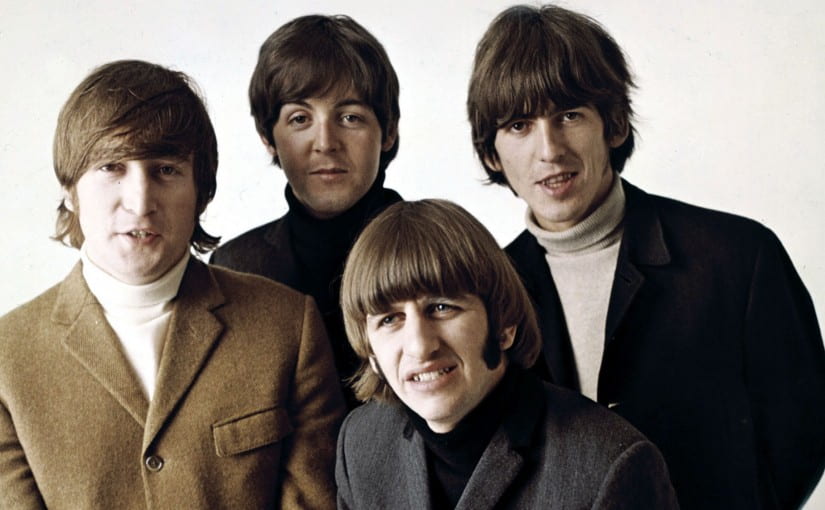


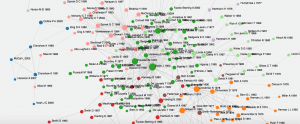
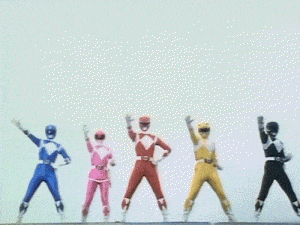
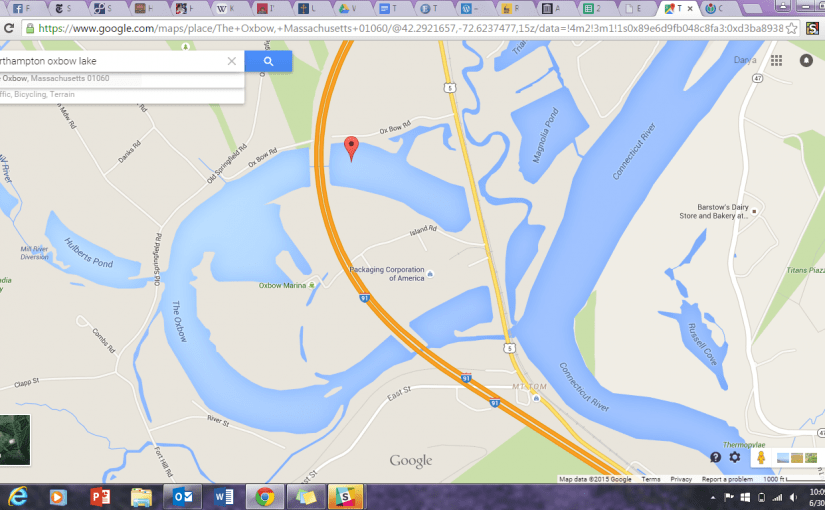
.jpg)

